AC 3000ME:
The AC 3000ME's tale is just as complicated as its design is precise. Thought of in 1968, it debuted as the prototype Bohanna Stables Diablo in 1972, sporting a 1.5-liter engine positioned in the middle that was stolen from an Austin Maxi. Although Keith Judd of AC believed the car had a future and demonstrated it in 1973 with a 3.0-liter Ford V6 engine for better performance, AC did not put it on the market until 1979. Even with its sleek appearance, the 3000ME was too slow and costly when delivered to customers. It continued to operate under AC until 1984, when it was acquired by Glasgow-based AC (Scotland), a new firm. It was able to produce another thirty cars to add to AC’s total of 82, making this distinctive wedge a rare machine then and now.
Aston Martin Lagonda:
William Towns (1936–1993), produced an uncompromising version of the style in his 1976 Aston Martin Lagonda. Based on the previous Lagonda saloon introduced in 1972, the wedge model was supposed to be released in 1976. However, a two-year delay was caused by ongoing production issues with its sophisticated electronics for the period. Customers who were able to purchase this elegant four-door vehicle appreciated its quick performance, although many were disappointed by the vehicle's well-earned bad reputation. Nevertheless, it continued until 1990, when it underwent a facelift in 1987 that marginally softened its sharp lines.
Austin Princess:
It was the British company's response to the popular Ford Cortina and was renamed the Princess in 1976. Although there were variations with badges such as Morris and Wolseley, they all shared the same four-door design. Not until 1982 did the car change into the even less attractive Ambassador model, with the introduction of a hatchback version. The Ambassador benefited from significantly better build quality. Buyers, who might have the daring new jelly mold Ford Sierra from the same year the Ambassador was introduced, disagreed with the wedge shape and sharp lines.
Bitter SC:
Bitter, a German coachbuilder, did far more than simply modify the Opel Senator chassis on which its vehicles were built. The bulkheads, suspension, and drivetrain were removed, leaving only the fundamental base. Everything else was specifically designed for the Bitter SC saloon, coupe, and convertible variants, which competed with expensive Mercedes and BMW vehicles. These models were designed by Erich Bitter, the company's founder, who was inspired by the Ferrari 400i. He was born in 1933. Despite being an attractive model, the attempt to increase sales by bringing the car to the US proved unsuccessful. Consequently, fewer than 500 of the SC's models were sold during its entire existence from 1979 to 1989, making it a handcrafted rarity.
Citroën BX:
Design enthusiasts can identify the Citroën BX as designed by Marcello Gandini (born in 1938), who was also behind the Lamborghini Countach, by glancing at the rear wheel arch. As fundamental to the BX as the unwavering wedge shapes that comprise the entire design is the arch's signature shape. In addition to the BX's bold design for a market segment known for its conservatism, the Citroën employed plastic for the tailgate and bonnet. 2.3 million BX models were sold, proving that Citroën's investment paid out despite the estate version's even greater visual challenges.
Clan Crusader:
Former Lotus employees John Frayling (who passed away in June 2021 at the age of 94) and Paul Haussauer founded Clan to build a reasonably priced tiny sports vehicle to bridge the gap left by Lotus's early 1970s upmarket shift. With its sleek wedge shape, the resulting Crusader provided good aerodynamics and enabled the lightweight Clan to maximize the power of its Hillman Imp engine. Excellent craftsmanship and an airy cabin were included with the incredibly sturdy glass fiber body. But in 1973, the sales tax on component automobiles was imposed, which effectively ended the business, and by 1974, Clan was vanished. 315 of these cute little coupes had been made by then. Every attempt to resurrect the brand after that failed.
Delorean DMC-12:
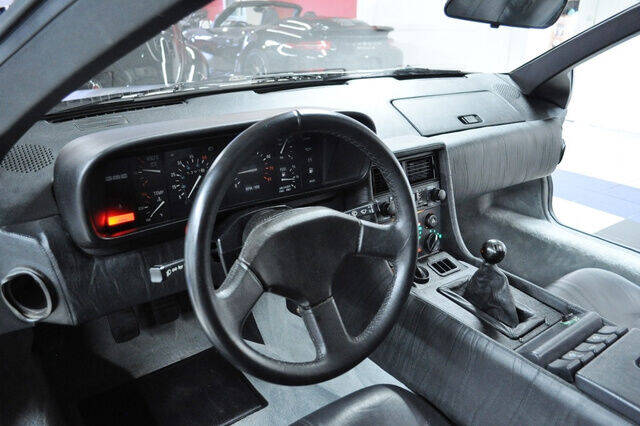
Putting the controversy surrounding the DeLorean project aside, the striking automobile that Ital Design created is distinctly modern. Even if it wasn't as angular as some, it was still from this school of thought, which was partially due to the stainless-steel construction—a material that is difficult to form. Ten thousand DMC-12s were sold during its 1981–1982 sales period, indicating that the styling was undoubtedly appealing to a large number of consumers. Even though it had a prominent part in that movie, its poor performance from the PRV-sourced V6 engine and mediocre handling doomed it to be an also-ran.
Ferrari 365GT4:
Ferrari had already experimented with wedge designs; the front end of the Daytona is a prime example. However, the 365GT4, which debuted in 1972, was the true champion of this design. It was designed by Pininfarina and marked a significant shift from earlier curves, setting the tone for the company's design philosophy long into the 1990s. The 365GT4's appearance resulted in a far roomier cabin that could accommodate four passengers. Although the 400 and 412 models had the same straightforward appearance, they were faster and more powerful.

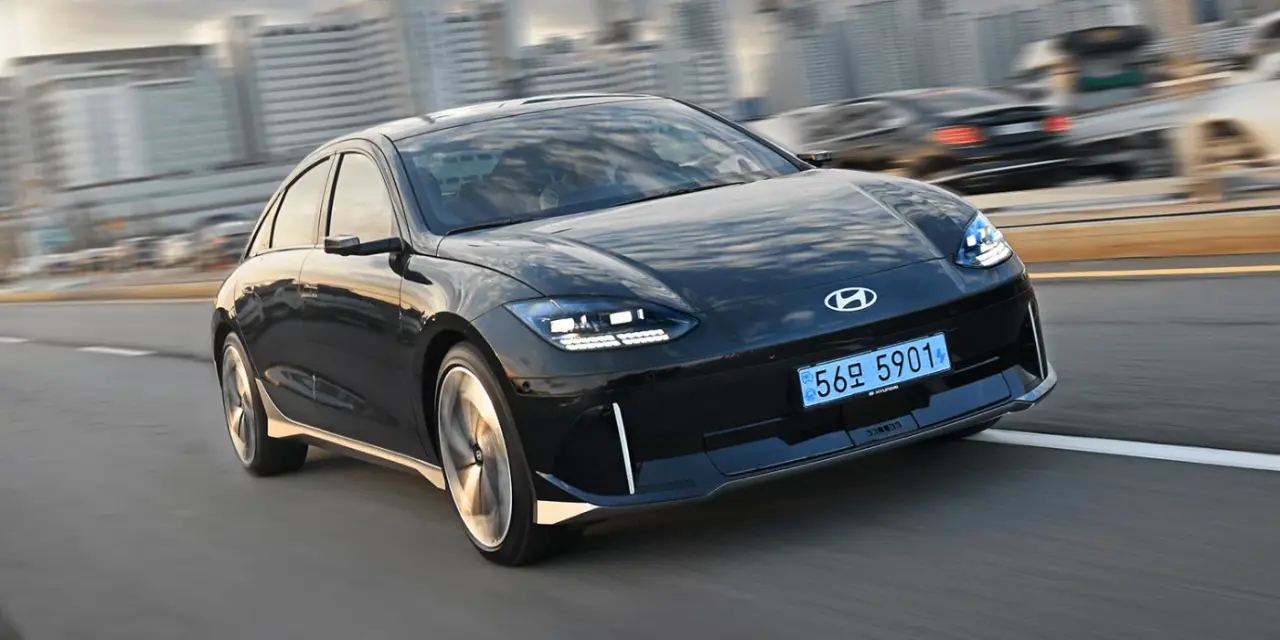
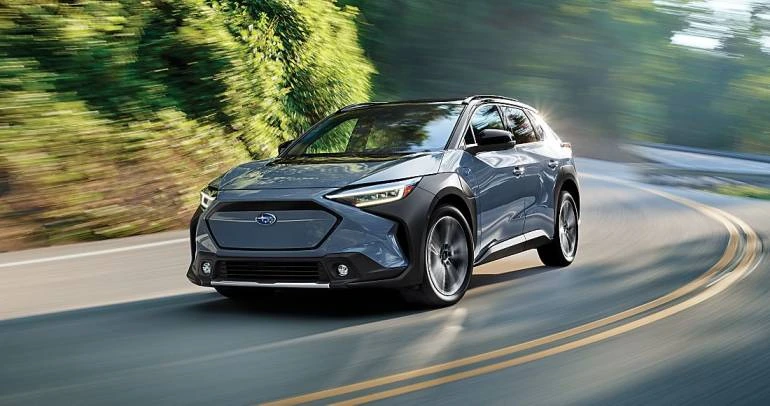
.webp)
.jpg)

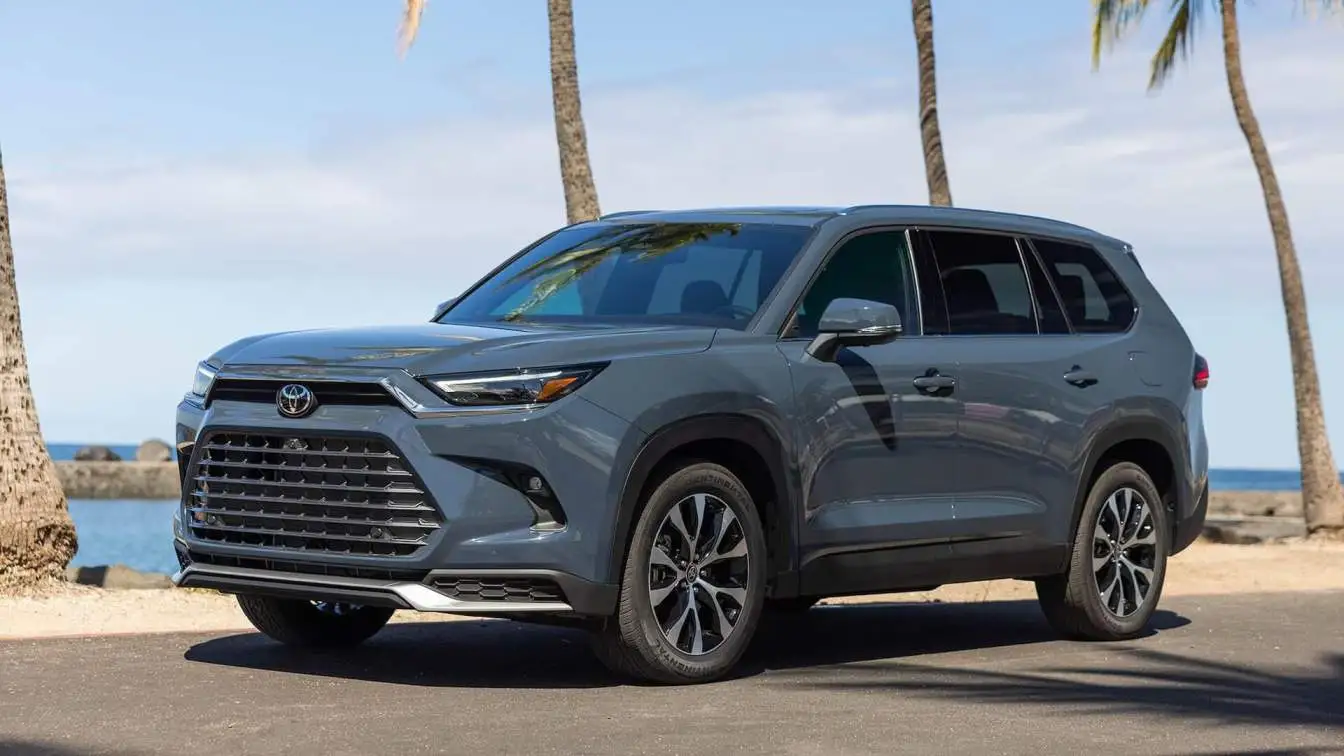
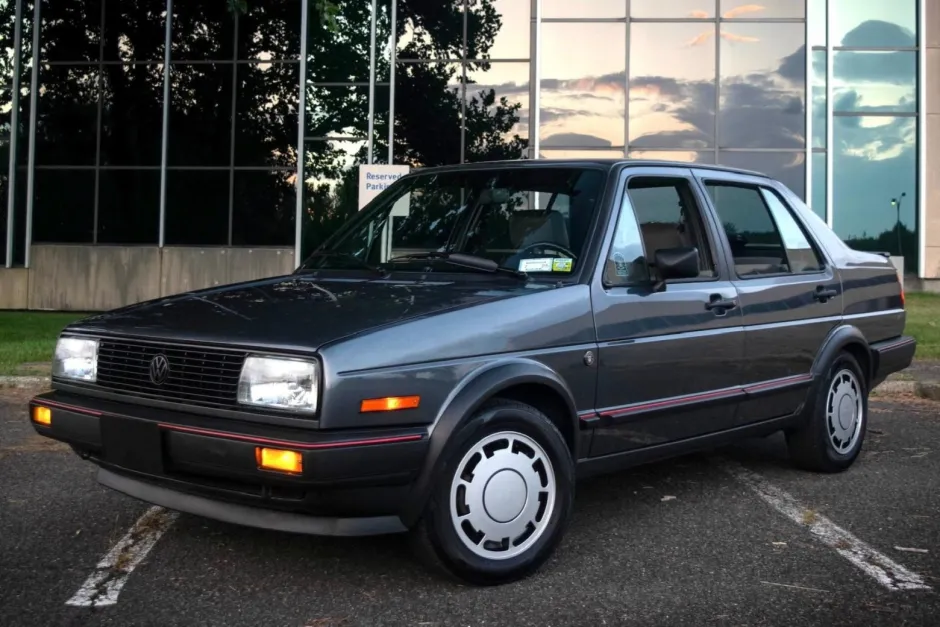
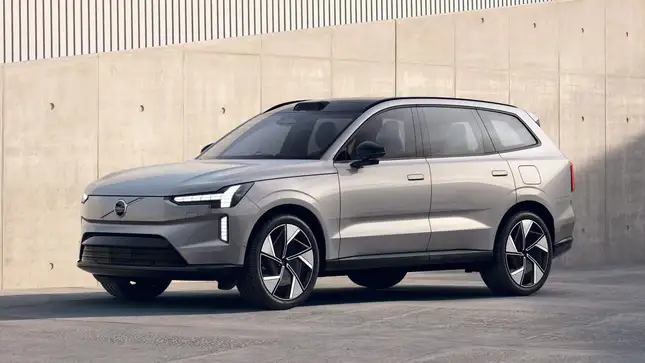
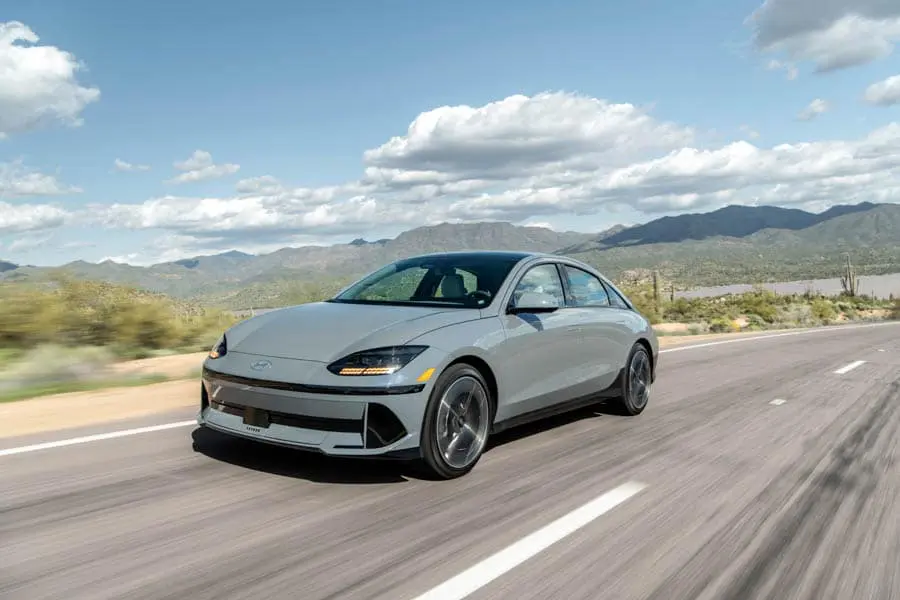
.webp)
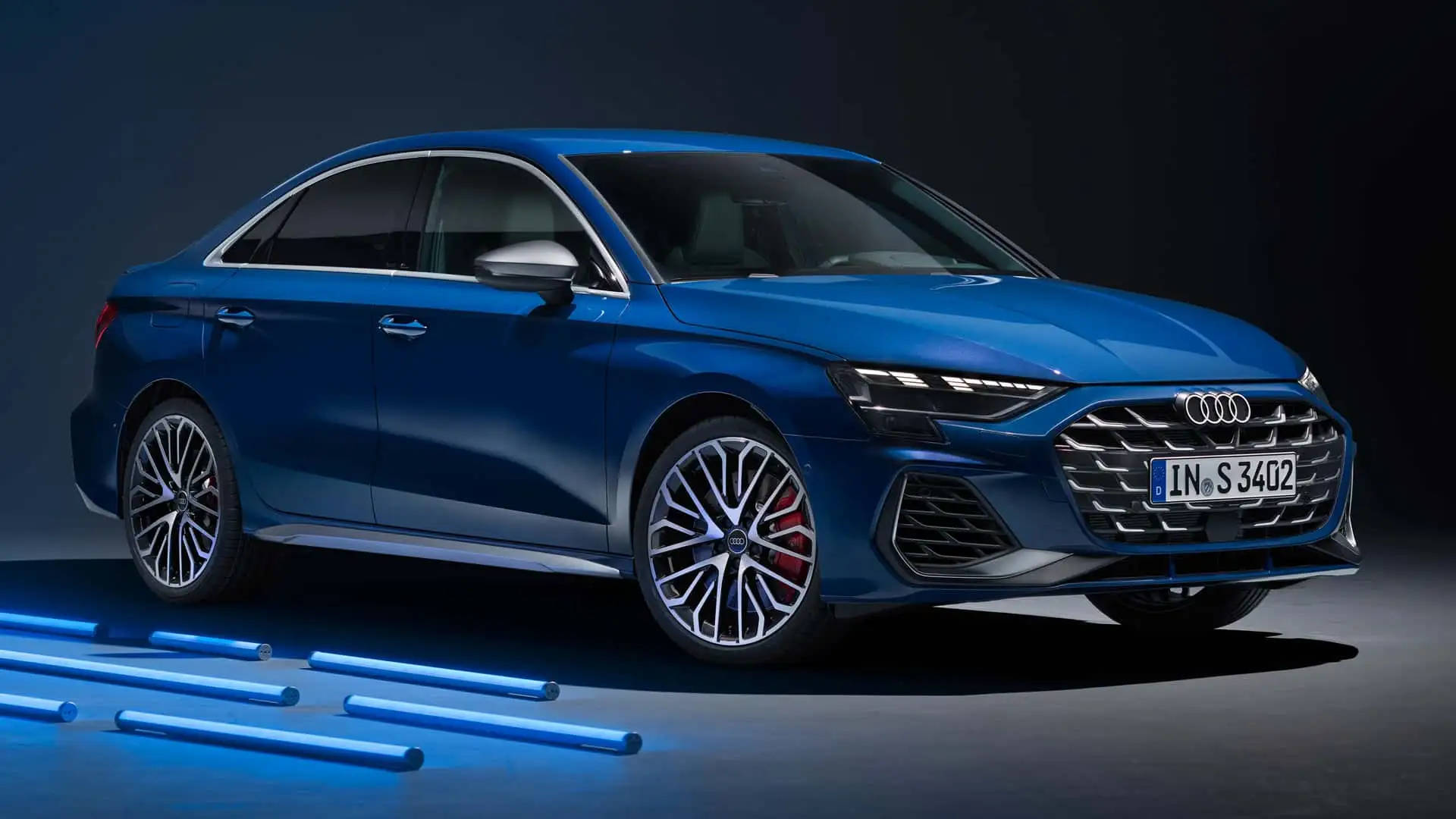
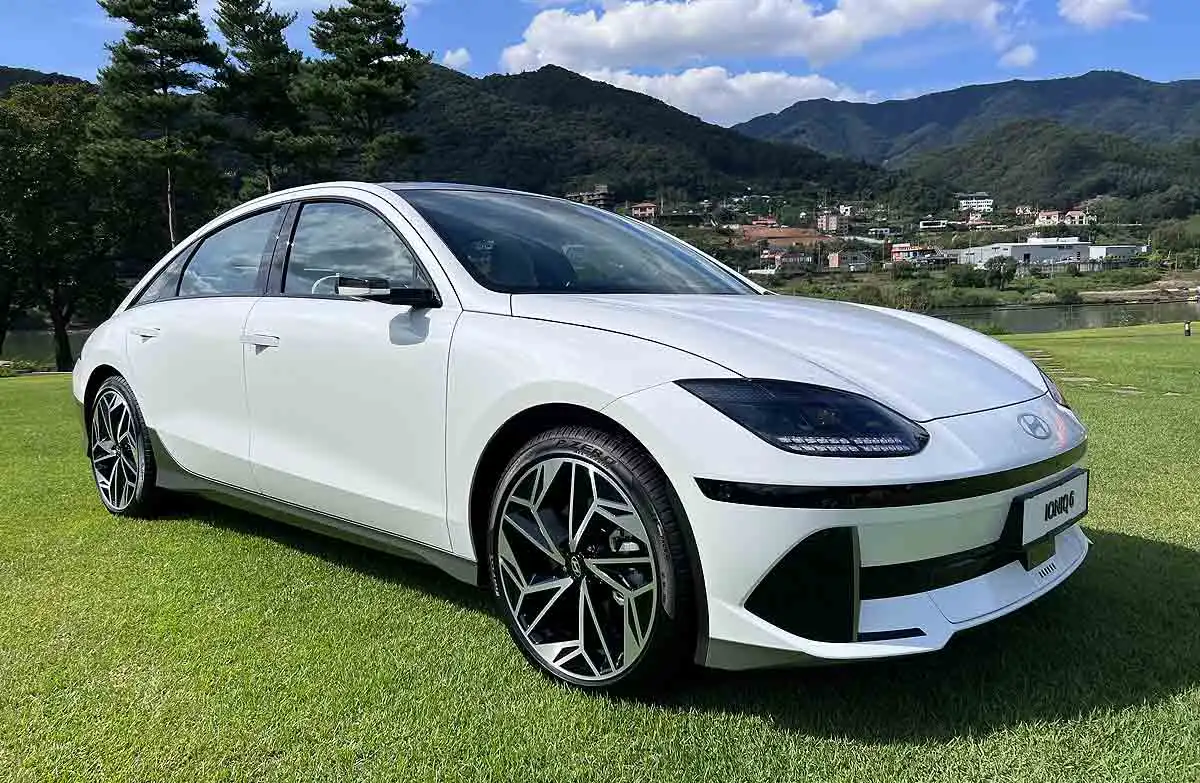
.webp)